Fengguan xiapei (Chinese: 凤冠霞帔 ; pinyin: fèng guān xiá pèi) is a set of hanfu accessories for ancient noble women and imperial wives.
At the same time, fengguan xiapei is also a woman’s clothing when they are married to show nobility.
Fengguan xiapei are not clothes, they are accessories.
Fengguan means phoenix crown and xiapei means red cloud scarf.
Fengguan
The name fengguan (Chinese: 凤冠 ; pinyin: fèng guān) comes from its jewelry: a phoenix made of inlaid kingfisher feathers, as well as gold dragons, beaded birds, pearls, and other gemstones.
The use of fengchai dates back to the Qin Dynasty. During the Eastern Jin dynasty, the word fengguan first appeared, but fengguan refers to hairpins imitating the Chinese phoenix comb.
Fengguan evolved from fengchai (Chinese: 凤钗 ; pinyin: fèng chāi) which were phoenix hairpins, that can be worn by empresses and concubines of the emperor.
The earliest fengguan found was the crown of Empress Xiao of the Sui dynasty, which was recovered from the tomb of Emperor Yang of Sui in 2013.
During the Song dynasty, fengguan was officially designated as the clothing of Mingfu, women with titles in ancient times. Fengguan is a crown that is often worn when attending important ceremonies.
Fengguan is also often found in the Ming Dynasty. Only Mingfu (Chinese: 命妇 ; pinyin: mìng fù) around the emperor, their fengguan is allowed to carve dragons and phoenixes. Fengguan details will be decorated according to the identity of the wearer.
Xiapei
Xiapei (Chinese: 霞帔 ; pinyin: xiá pèi) is a type of Chinese clothing accessory that was originally just a shawl, but over time, xiapei has grown to be more widespread.
If xiapei is decorated with peizhui, then it can also be called xiapeizhui (Chinese: 霞帔坠 ; pinyin: xiá pèi zhuì). Peizhui can be made of silver, jade, gold, and others.
Xiapei appeared as early as the Qin dynasty and continues to be used today, although forms of xiapei evolved.
But the word “xiapei” first appeared in the Tang dynasty.
Xiapei of the Tang dynasty is placed on both women’s arms and dances gracefully to women’s movements.
Xiapei in the Sui and Tang dynasties is often called pibo (Chinese: 披帛 ; pinyin: pī bó).
In the Song dynasty, xiapei became part of the formal dress worn by Mingfu. Since the Song dynasty, peizhui began to be used to decorate xiapei.
The Xiapei of the Song dynasty is “V” shaped, and there is a round pendant (peizhui) made of gold and jade.
Peizhui (Chinese: 帔坠 ; pinyin: pèi zhuì) or pendants on xiapei aim to ensure that when women walk, the xiapei can smoothly attach to clothes and hang naturally, ensuring that they always display a dignified and presentable image.
In the Song dynasty, only noble women could use the xiapei, which was a status symbol.
In the Ming dynasty, harem imperial concubines and officials’ wives all used xiapei with fengguan to match their outfits. With different levels of identity, the colors and patterns of the xiapei are also different.
Just like the Ming dynasty, the xiapei, along with fengguan, became the everyday clothes of queens and the formal attire of the wives of senior officials in the Qing dynasty.
But Qing dynasty’s xiapei was a sleeveless vest.
Historical Value
As an important part of the traditional Chinese women’s dress system, fengguan xiapei has had a great impact on dress culture and etiquette systems, and some concepts and customs can even be seen in modern Chinese weddings.
Xiapei, with fengguan is an external expression that symbolizes happiness and represents blessing, and identity. This phenomenon is very popular among the people, and over time, xiapei, with fengguan has gradually become the standard of traditional Chinese marriage in the hearts of many people.
Fengguan xiapei is usually worn by high-status women, is there any ordinary woman who wears fengguan xiapei?
Yes. Fengguan xiapei is commonly worn by ordinary women when they get married. But why they can wear fengguan xiapei?
That said, there is a legend about this.
According to legend, at the end of the Northern Song dynasty, when the Jin army invaded the south, Zhao Gou, son of Emperor Huizong of the Song dynasty, came to the ruined temple on his way to escape and was rescued by a woman.
To thank him, he showed his identity and gave her a red handkerchief, said: “I will marry you today next year. Then you just have to wave a red handkerchief on the ridge, and I’ll recognize you.”
After he ascended the throne and became Emperor Gaozong, he went to marry the girl as promised, but the girl did not want to enter the palace and was afraid that the emperor’s order would be difficult to disobey, so she prepared a lot of red handkerchiefs, and asked all the sisters to wave red handkerchiefs every day.
This made Emperor Gaozong unable to recognize her.
To repay the grace that saved his life, Emperor Gaozong issued an imperial edict: “A woman from Zhejiang is allowed to marry by wearing fengguan xiapei, and use a dragon and phoenix sedan chair”.
Although this is only a legend, in reality, there was a rule in the Ming and Qing dynasties that women of the people could wear fengguan xiapei on the day of the wedding ceremony.
Over time, this habit slowly passed down from generation to generation until now.
However, women who remarry and become concubines are not allowed to wear fengguan xiapei.

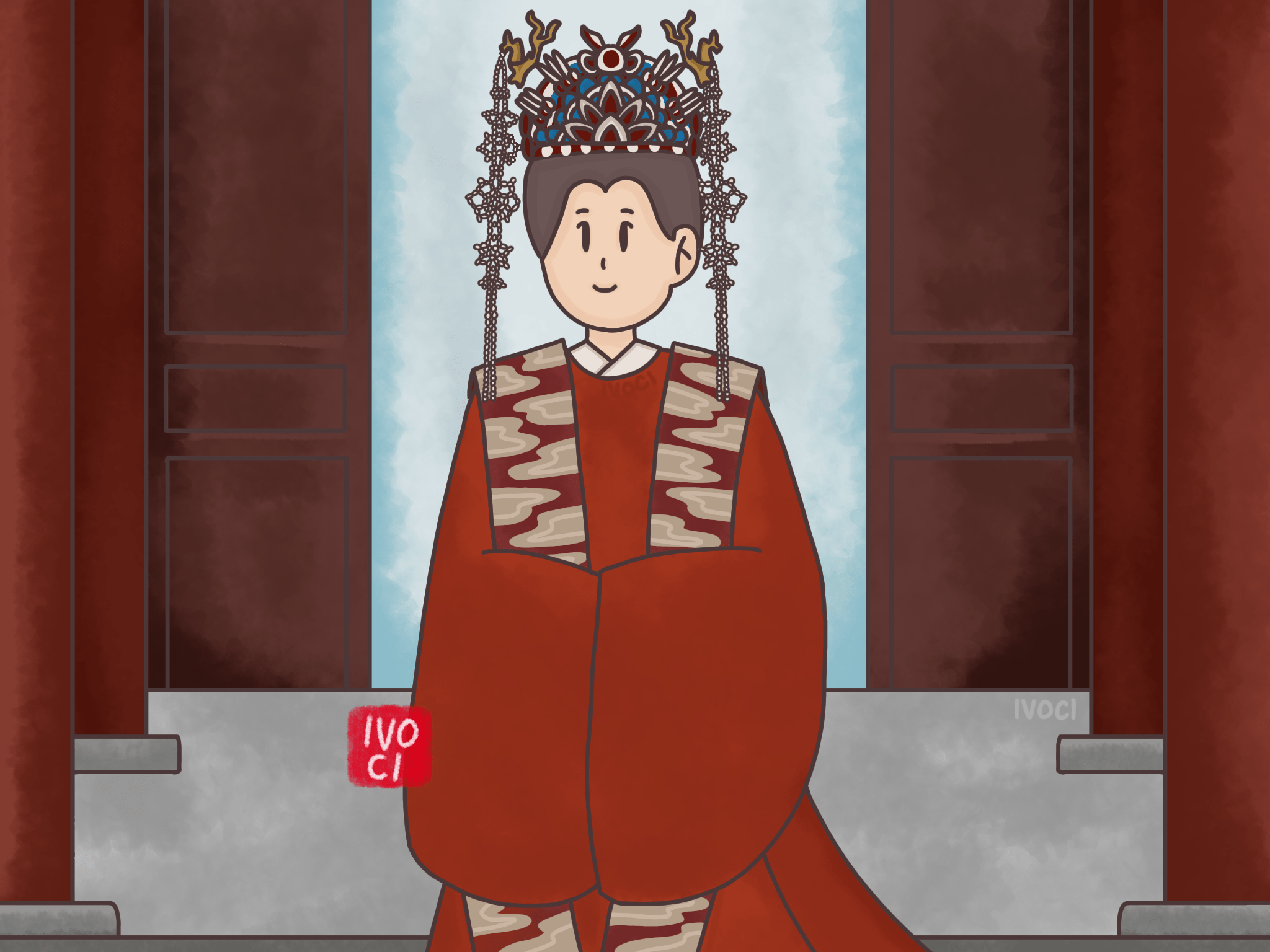
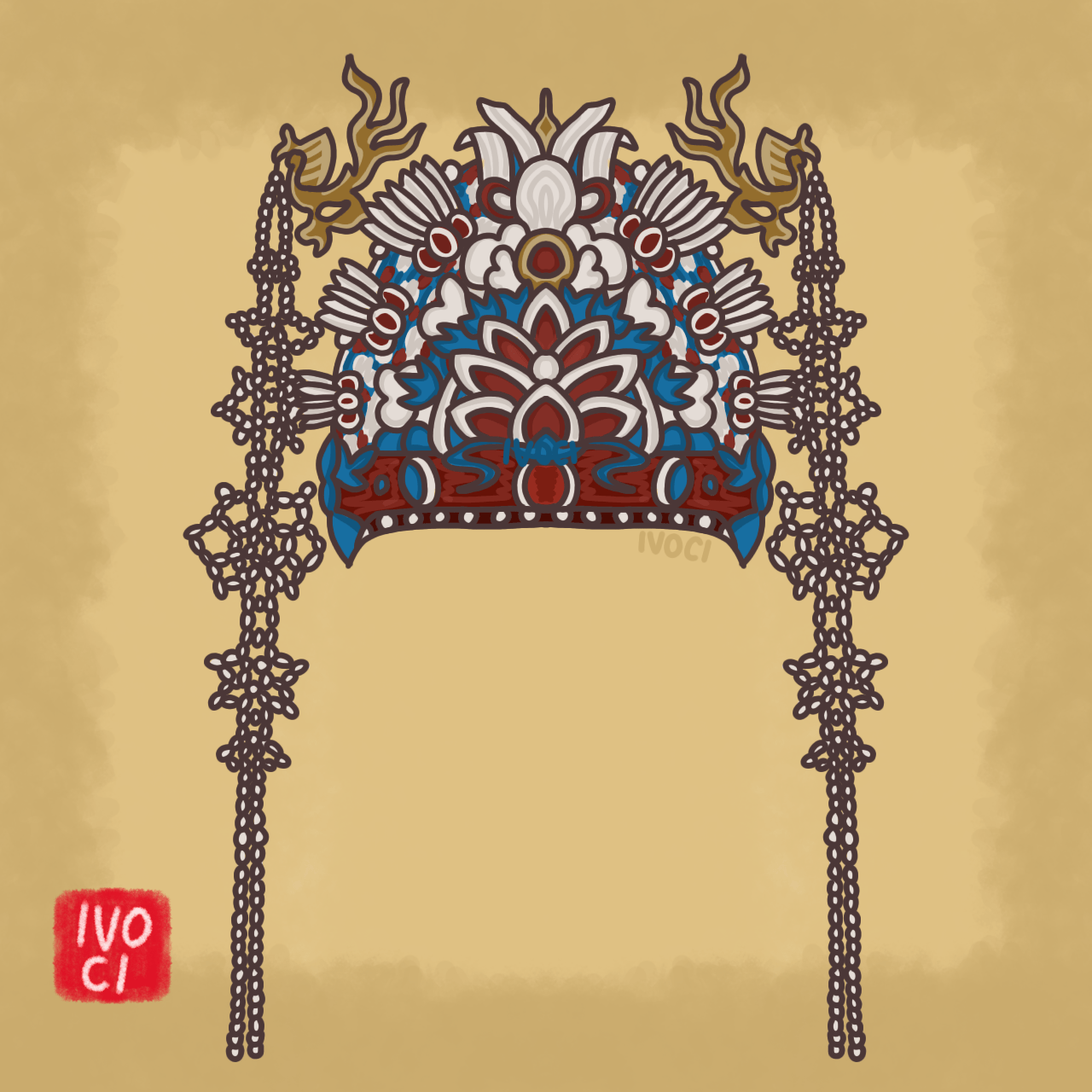
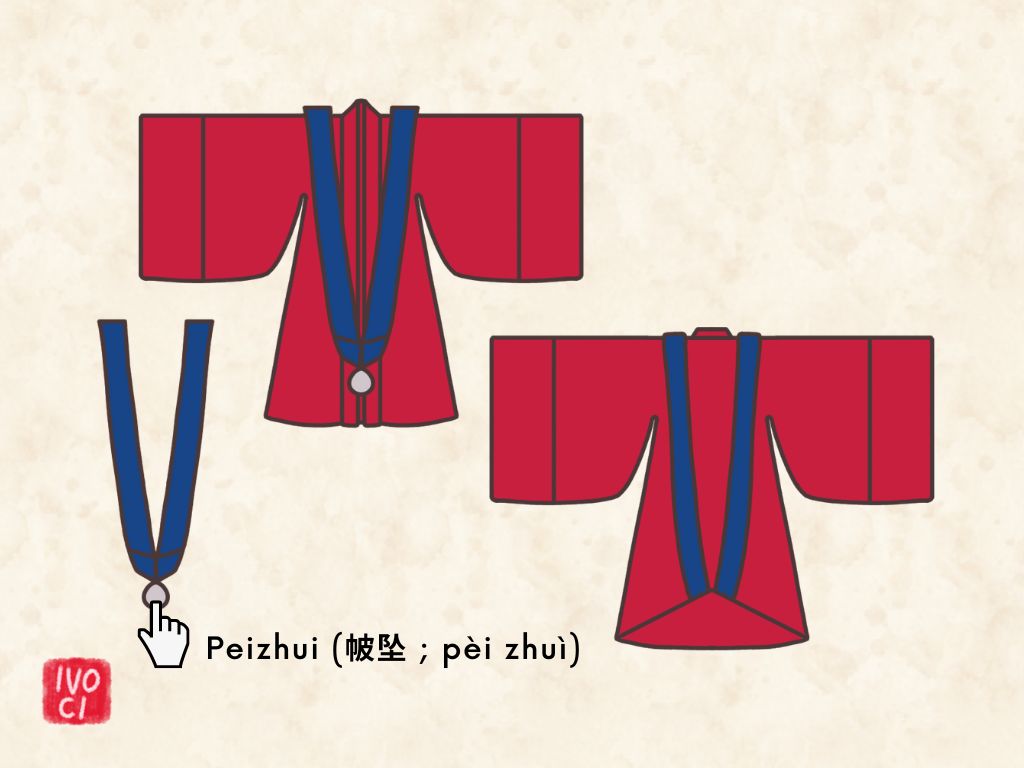
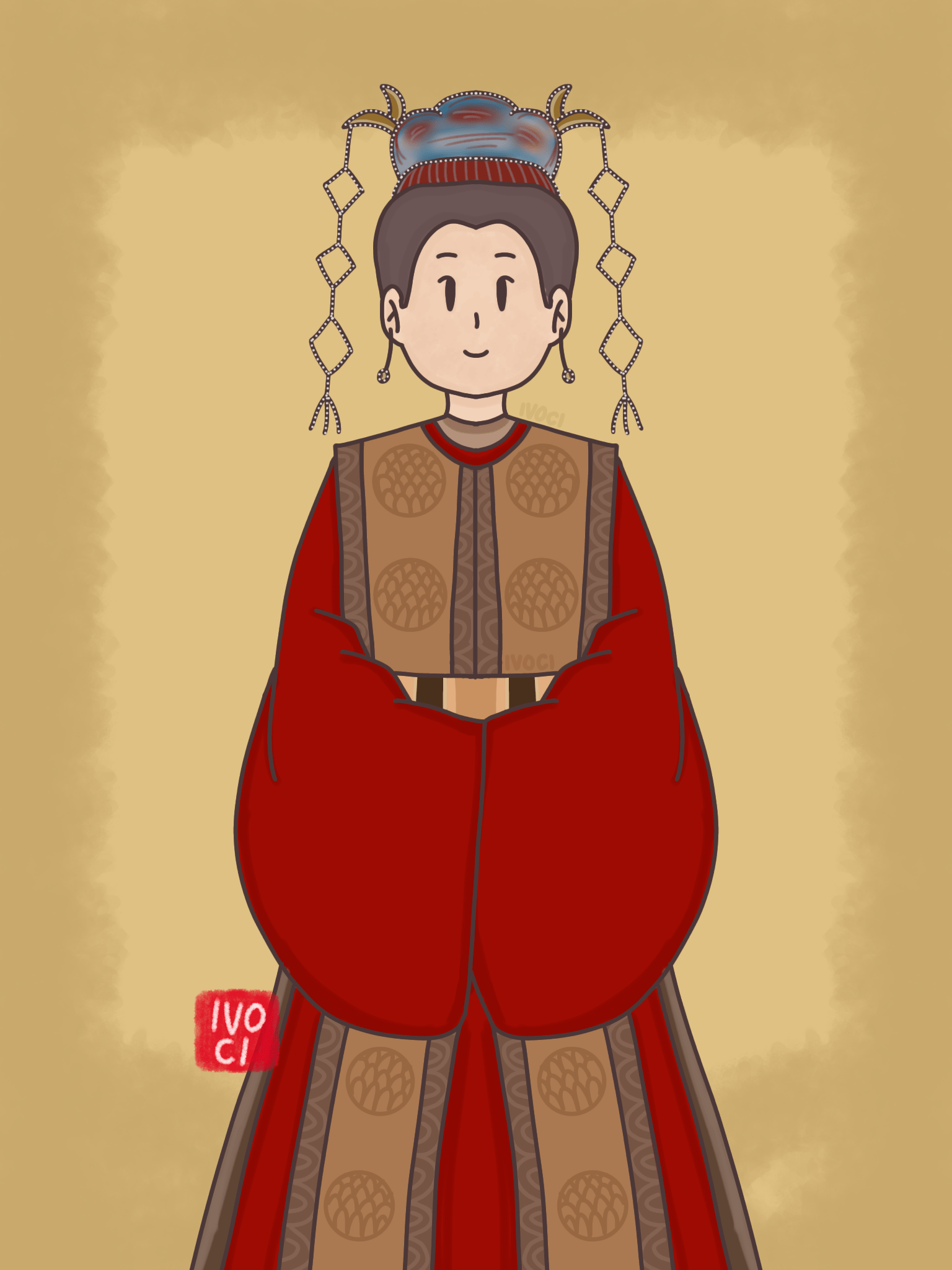
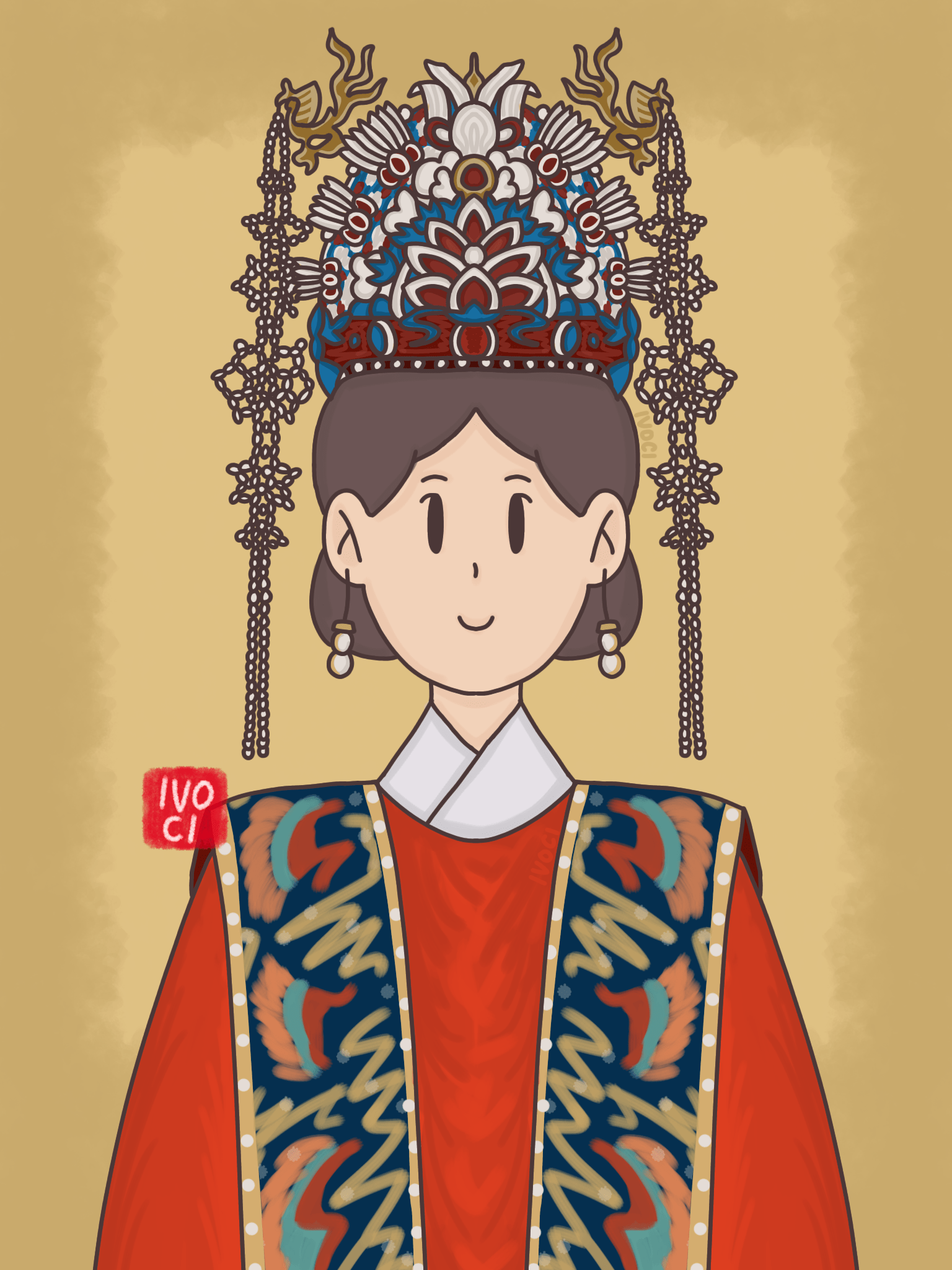
Leave a Reply